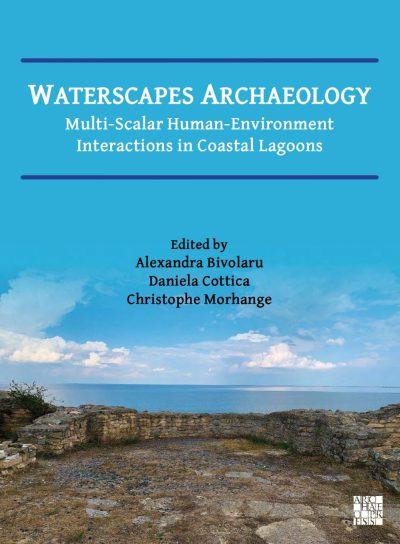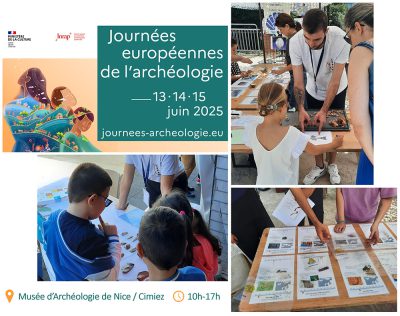Source : https://doi.org/10.1111/jbi.14521
Many species experienced population turnover and local extinction during the Late Pleistocene. In the case of megafauna, it remains challenging to disentangle climate change and the activities of Palaeolithic hunter-gatherers as the main cause. In contrast, the impact of humans on rodent populations is likely to be negligible. This study investigated which climatic and/or environmental factors affect the population dynamics of the common vole (Microtus arvalis). This temperate rodent is widespread across Europe and was one of the most abundant small mammal species throughout the Late Pleistocene. A dataset comprised of 4.2 kb long fragment of mitochondrial DNA (mtDNA) from 148 ancient and 51 modern specimens sampled from multiple localities across Europe and covering the last 60 thousand years (ka) allowed to reconstruct – by using We used Bayesian inference – their phylogenetic relationships and to estimate the age of the specimens that were not directly dated. The time to the most recent common ancestor of all last glacial and extant common vole lineages was estimated to be 90 ka ago and the divergence of the main mtDNA lineages present in extant populations to between 55 and 40 ka ago, which is earlier than most previous estimates. Several lineage turnovers were detected in Europe during the period of high climate variability at the end of Marine Isotope Stage 3 (MIS 3; 57–29 ka ago) in addition to those found previously around the Pleistocene/Holocene transition. In contrast, data from the Western Carpathians suggest continuity throughout the Last Glacial Maximum (LGM) even at high latitudes. The main factor affecting the common vole populations during the last glacial period was the decrease in open habitat during the interstadials, whereas climate deterioration during the LGM had little impact on population dynamics. This suggests that the rapid environmental change rather than other factors was the major force shaping the histories of the Late Pleistocene faunas.
A lire aussi
Ouvrage | Waterscapes Archaeology. Multi-Scalar Human-Environment Interactions in Coastal Lagoons
Edited by Alexandra Bivolaru, Daniela Cottica, Christophe Morhange, Archaeopress Archaeology
Exposition Photo | Océans à travers les âges : patrimoine, pêches et résilience face aux défis climatiques
10-12 juin, Hall MSHS, Saint Jean d'Angely 3, Nice
Médiation | Journées Européennes de l’Archéologie
du 13 au 15 juin, le CEPAM et l’INRAP seront présents sur le village de l’Archéologie, au Musée d’Archéologie de Nice / Cimiez




